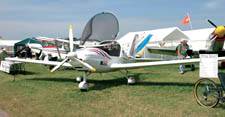The general aviation (GA) market has historically been more a niche than a mass market. That’s especially true of one- to as many as seven-seat GA aircraft used mainly for recreation and operated from short-takeoff-and-landing airfields of a half-mile or less in length. Notably, these smaller craft have been the incubators for a variety of cutting-edge, sophisticated aerodesigns — much more so than larger commercial aircraft. But in the aerospace marketplace, they’ve been seen and sold largely as pleasure craft, and sales and manufacturer histories have reflected that reality: When the economy and the paychecks of the well-paid are up, sales are good. When the reverse is true, sales and plane makers suffer. That could be changing. The “personal plane” market has been caught up in a recent trend, instigated, in an unusual twist, by innovators in the ground transport market, and could become a significant, composites-consuming segment in the effort to overcome growing urban gridlock. As several projects profiled here attest, personal-aircraft technology is evolving to meet that challenge. As cities around the world grow more congested and commuters exhaust reserves of patience with car, bus and train transport, the day of the urban air commute grows closer.
Prescriptive to consensus standards
Much of the expansion in this small aircraft sector can be traced to US Federal Aviation Admin. (FAA) regulation changes made more than a decade ago. In 2003, that agency created an entirely new personal aircraft category, Light Sport Aircraft (LSA). The FAA defines an LSA as a two-seat aircraft, other than a helicopter or powered-lift vehicle, with a maximum speed of 120 knots (222 kmh) and a maximum gross takeoff weight of 1,320 lb/598.8 kg (1,430 lb/648.6 kg for seaplanes). The LSA regulation also broke new ground in that it did not set the typical prescriptive standards for LSAs — that is, those that describe how an aircraft design must accomplish a desired result. Instead, it issued performance-based standards, those that describe only the required end-result. Therefore, airframers could henceforth use consensus standards, such as those developed by industry organizations such as ASTM (West Conshohocken, PA, US), and approved by FAA, to design and build such aircraft, so long as the aircraft built to those standards demonstrate performance to FAA-prescribed levels.
Further, the FAA provided for a new Sport Pilot License (SPL). Although it restricts flight time to daylight hours and has a flight ceiling restriction, it requires only half the time (20 hours) necessary to acquire a full pilot’s license. This opened practical aircraft ownership to a much wider portion of the buying public. Indeed, more than 130 certified aircraft models now meet LSA criterion.
One of the first aircraft designed to LSA requirements was the ICON A5, an amphibious sport plane designed with an all-carbon fiber composite airframe, i.e., fuselage, wings and horizontal stabilizer. The two-seat plane is 7m long by 2.47m high with a wingspan of 10.6m. Its 100-hp Rotax 912 engine burns 91 octane auto gasoline or 100 LL aviation fuel; the plane has a maximum cruise speed of 177 kmh and a range of 724 km. It has a short take-off distance, too: 195m on a runway and 256m on water. Additionally, because the plane was designed with an extra safety feature, specifically a “spin-resistant” airframe that required the use of supplemental materials, the A5 comes with an as-built gross weight of 685 kg, which exceeds the FAA limit for an LSA-type seaplane by 36.3 kg. In 2013, the FAA granted ICON’s petition for an exemption to allow an increased takeoff weight for the A5 up to 762 kg, in acknowledgement of the enhanced safety afforded by the small addition to the aircraft’s weight.
ICON Aircraft began manufacturing the plane in 2014 and, thus far, has delivered 26 of the A5s. The company says it has deposits for nearly 1,800 orders on the books. The 2018 base pricing for the A5 is US$269,000. The company manufactures the plane at its 26,000m2 facility in Vacaville, CA, US, and operates a second, 27,870m2 composites manufacturing plant in Baja, CA, US. It estimates a potential US$10 billion-plus global market for Light Sport Aircraft, such as the A5.
In 2017, the FAA modified air certification standards for small aircraft larger than LSA’s two- occupant limit, specifically, those covered in 14 CFR Part 23. The new rule replaces several categories of planes (commuter, aerobatic, etc.) with four levels of performance and risk, based on the aircraft’s seating capacity. Here, too, consensus standards now replace previously prescriptive standards for manufacturers.
Pipisitrel (Ajdovscina, Slovenia) recently completed certification testing of the Panthera, its new and nearly all-carbon fiber composite-airframed craft (its Kevlar-reinforced composite cockpit is the exception). Panthera features a novel design that reduces drag by 50% compared to other planes in its class. With an empty gross weight of 692 kg, the four-passenger plane also is much lighter than those planes — 154 kg lighter than the Mooney International Corp. (Kerrville, TX, US) M20K and 318 kg lighter than the Cirrus Aircraft (Duluth, MN, US) SR22. Technically a general aviation airplane, the Panthera requires less than a quarter mile (402m) for a ground-roll takeoff, meaning it can be flown in and out of most local grass landing strips. The plane is equipped with a 210-hp, Lycoming IO-390 engine, generating a maximum cruise speed of about 185 knots. Tine Tomazic, Pipistrel’s director of R&D, says the fuselage and bulkheads comprise a honeycomb construction, while the wings are made with a foam sandwich. The company manufactures the Panthera at facilities in Ajdovscina and Gorizia, Italy, which employ a variety of composites manufacturing processes, including vacuum assist, autoclave and out-of-autoclave prepreg technology. It has also developed a proprietary, in-mold painting process comprising polyurethane paint. The company began shipping the Panthera to customers this year.
Novel designs and revolutionary aerodynamics
The launches of aircraft such as the ICON A5 and Pipistrel’s Panthera suggest that affordable personal aircraft, built in higher volumes in response to new demand, could be the wave of the future. There are, however, several hurdles in the way: lack of infrastructure, scarce investors and seed money, a certain amount of regulatory “gray area” and uncertainty about the long-term demand for such aircraft in a market saturated with recreational choices.
The magnitude of the challenge is conveyed by several ongoing startup efforts to develop and commercialize personalized aircraft in various guises. Synergy Aircraft LLC’s (Kalispell, MT, US) Synergy Prime concept is a one- to seven-passenger aircraft designed for transport to and from short community airfields. The plane, intended to be available as a kit or fully assembled, is being designed to fly at speeds up to 483 kmh, moving operators and passengers about six times faster than ground transportation alternatives over similar distances. Founder John McGinnis says one of the key features of the aircraft, its Double Boxtail (DBT) wing-tail configuration, works in combination with other aspects of the overall design to reduce drag at high speeds and to improve span efficiency. The key to such efficiency is the aspect ratio of wing length or span to wing width or chord or wing tip to trailing edge. Wings with a long span and a short chord have lower induced drag than wings with a short span and a long chord.
Since prototype work began, McGinnis and staff have built and tested 16 aircraft iterations. The current and final full-scale prototype, nearing completion, comprises 14 composite parts, for both the kit plane versions and certified production. Although materials and processes are expected to evolve en route to full commercialization, parts have been built primarily via glass layups, typically a tight-weave, 90-oz, 8-harness satin cloth in two to four layers over Corecell SAN cores 12-20 mm thick, supplied by Gurit (Isle of Wight, UK). Wingskins and other high-load areas comprise knitted ±45° Sigmatex (Benicia, CA, US) 12K carbon fiber fabrics. Synergy has used low-viscosity epoxies with a low-toxicity hardener supplied by MAS Epoxies (South St. Paul, MN, US) to infuse the glass and carbon laminates.
McGinnis says now that the primary design work is complete, the company is preparing to pitch investors to fund the commercial startup and initial production tooling. One potential avenue to increase the audience for personal planes is to build and market them as a feasible alternative to cars and commuting. To build a personal plane that would eventually compete with cars and mass transport, he argues, it will be necessary to achieve a far higher rate of production than is currently practiced. “Making a few parts in an autoclave every day does not make economic sense,” he says. “We are looking for mutually beneficial collaborations to further develop some promising production technologies we’ve kept under wraps that are not compatible with what we could do at home in the garage.”
Always marketed as an alternative to conventional commuting and personal travel, Terrafugia’s (Woburn, MA, US) carbon fiber composite intense “roadable airplane” is also still a work in progress. The company has successfully completed proof-of-concept demonstrations for two prototypes of its flying car, the Transition. The first flew in 2009, and the second in 2012. It is now “finalizing production vehicle design and compliance testing,” with first vehicle deliveries expected by 2020. The folding-wing, two-seat vehicle runs on premium gas and is designed to drive like a typical car but, with wings unfolded, to fly like an LSA, with a cruise speed of 185 kmh and a range of about 644 km. The brainchild of MIT-trained Carl Dietrich, the plane won an FAA waiver of the 600 kg LSA weight limit, given the merit of the flying car’s automotive safety features, including its passenger “safety cage,” which make it heavier. Efforts to certify the Transition to both automotive (FMVSS) and aircraft (FAA) standards are a factor in reported ballooning costs. According to a report published in Endgadget.com, since testing began on the first prototype in 2009, the estimated base price for the vehicle has increased from US$194,000 to US$300,000-US$400,000 for the current version going through final design and testing.
Although Terrafugia was acquired in 2017 by the firm Zhejiang Geely Holding Group (Hangzhou, China), a multinational automotive manufacturer, Geely Group chairman Li Shufu stated the company is “committed to making the flying car dream a reality” and plans to leverage Geely’s manufacturing synergies to aid in its development.
Elevating the industry
As general aviation technology has evolved and advanced, capitalizing on the weight savings and other benefits of building with composites, the concept of affordable aircraft able to move people short distances, quickly and economically has taken on a life of its own. Charter services and business jets have served those who prefer not to stand in ticket lines and wait for security screens at crowded airports for years. But as long commutes and the resulting traffic snarl have increased, the availability of technology, the will of designers and builders and the pressing needs of urban commuters have converged. The result is a phenomenon encapsulated by a new concept: on-demand aviation. In essence, the air taxi.
In the US, Uber (San Francisco, CA, US) is pitching its plans, announced last year, to launch an urban, airborne ride-sharing business, UberAIR, as a natural extension of its urban ground transportation services. The service will comprise a fleet of three- to five-passenger eVTOLs operated from building-top pads or “vertiports.” The company has set an ambitious goal of 50 demonstrator eVTOLs built and delivered for testing by 2020, with fully commercial service startup targeted for 2023 in two US cities, Dallas-Fort Worth, TX, and Los Angeles, CA.
A study conducted by Uber in conjunction with Uber Elevate — a development program announced last year to build an urban air mobility platform called UberAIR, via a fleet of electrically powered, vertical take-off and landing (eVTOL) aircraft — found that using an eVTOL to commute from San Francisco’s Marina to San Jose during rush-hour times would take about 15 minutes, shaving nearly two hours off the time it would take to travel by car.
Although the first full-scale aircraft for Uber Elevate have yet to be built, Mark Moore, Uber’s director of engineering, says lightweight, advanced composites will interface with distributed electrical propulsion and autonomous/pilotless technology as the three core technologies in the design of Uber’s eVTOLs, which will fly passengers at speeds up to 322 kmh over a maximum range of 100 km (see the Side Story titled “Better batteries needed for eVTOLs,” below).
Moore reports that Uber invested much time conducting a thorough analysis to ensure the company’s UberAIR effort would find a mainstream market. “This is not a moonshot,” he emphasizes. “This is all about a pragmatic investment in a product development program, and it is essential that we understand all the various cost elements.” Moore says it is Uber’s core expertise as a software developer for ride sharing that lends a compelling rationale for the venture — one entailing a costly investment in a radically new, disruptive technology — making the concept feasible, and less risky than it first appears. Each eVTOL aircraft will travel six times faster at peak traffic times than ground vehicle transportation. The service also will capitalize on Uber’s pooling technology, so there always will be at least three to four paying passengers per flight, compared to one paying client using one of the company’s premium ground services (e.g., UberX, UberBLACK, UberSUV). Given the increased speed of travel and the greater number of paying passengers, the service is expected to be approximately 20 times more commercially productive than ground-based Uber. Consequently, when the service is out of the development cycle, UberAIR fares are expected to be only slightly higher than those for Uber’s higher-end ground transport services.
The company has convened an international array of aerospace OEMs to design and build eTVOLs, including Aurora Flight Sciences (Manassas, VA, US), Bell Helicopter (Fort Worth, TX, US), light plane manufacturers Pipistrel and Mooney International, and regional commercial and business aircraft builder Embraer (Sao Jose dos Campos, Brazil). Each will independently develop an eVTOL. Other than the three required core technologies and some specified commonality in the interior look and feel of the aircraft cabin, there is no plan to produce vehicles that conform to a common platform. This is by design, Moore says, noting even at this early stage that each partner/manufacturing company is developing its own, unique version of eVTOL aircraft, using independently determined design parameters and styles.
Moore credits FAA’s decision to establish consensus standards for its LSA category, in part, for paving the way to the less prescriptive approach now used in the design and manufacture of small general aviation aircraft that are larger than LSAs. “These changes are the most significant in the aerospace industry in the past 50 years,” he says. “It is a change the aircraft industry lobbied for and one most believe will enable manufacturers to more quickly adopt new technologies, and reduce certification costs.”
“Success for us will be having at least three different manufacturers building eVTOLs,” Moore adds. “We embrace diversity, partly because it’s the best way to develop this new technology, but also because, right now, we are uncertain which design will prove to be better.” Because UberAIR ultimately expects to operate in diverse geographic areas, Moore explains, the best eVTOL to service a particular market might be an eVTOL model with a higher speed, longer range or other performance features that distinguish it from other available models.
Aurora Flight Sciences was one of the first of the participating aeromanufacturers to build and fly a subscale proof-of-concept eVTOL. The 147-kg, two-seat, quarter-scale aircraft, flown in April 2017, has a length and wingspan of 2m/6.6 ft and is equipped with eight horizontally oriented propellers to take off and land vertically, and a vertical prop in the rear to power it for fast fixed-wing flight once airborne. The concept combines technologies from other Aurora projects that also will be incorporated in the 8m long, full-scale version: Its battery-electric propulsion system will be derived from Aurora’s all-carbon composite, 24A X-Plane project, under development for DARPA; its autonomous flight guidance system will be adopted from Aurora’s Centaur, an optionally piloted aircraft in development for the US Navy.
Assuming the UberAIR network grows and expands globally, Moore estimates that production volumes for the eVTOL aircraft will be on the order of several thousand per year per manufacturer, a capacity, he observes, that hasn’t been seen in aerospace since World War II. Even at these volumes, however, he expects the cost per aircraft ultimately will be US$1 million or more. Although the earliest models will be piloted, the intention is that subsequent models will be equipped with — and their ultimate price tag will reflect the cost of — sophisticated pilotless flight-control technology, making the vehicles an unrealistic option for individual ownership. Yet, the venture’s unprecedented economies of scale could be a boon for general aviation manufacturing overall.
Application of VTOL technology, and in particular autonomous, electric-propulsion VTOL or eVTOL in the development of so-called “on-demand aviation” has been ongoing around the world elsewhere for a number of years.
In Europe, Lilium GmbH (Gilching, Germany), a startup venture founded at the Technical University of Munich, completed flight testing of its two-seat prototype eVTOL, the Lilium Jet, in April 2017. The venture is developing a full-scale five-seat version that it claims it will be the only electric aircraft capable of both VTOL and jet-powered horizontal flight, with a maximum cruising speed of 200 mph. The company has partnered with the venture capital firm, Atomico (London, UK) and is planning to build a network of landing pads in urban areas in the US and in Europe. The company’s mission is “to make air taxis available to everyone and as affordable as driving a car,” and has set a timeframe of 2025 for operation of its first fully commercial, five-seat aircraft.
Taking a slightly different tack, PAL-V International (Raamsdonksveer, The Netherlands) is building a flying car that, in flight, is neither airplane nor eVTOL, but a gyroplane. The PAL-V Liberty also appears to be the most mature of current flying car concepts, with full certification and commercial production expected in 2019, reports CEO, Robert Dingemanse. The carbon composite airframe is being certified to both European and American air (CS 27 and FAR 27, respectively) and auto (NHTSA and European Commission) standards. It operates on conventional automobile gasoline or “Mogas” available at most airports, and requires 90-200m for takeoff and even less for landing because the craft can essentially land vertically if necessary. Like other gyroplanes, the Liberty can be flown at a very low minimum speed of 50 kmh, up to a maximum of 180 kmh. The gyroplane has a maximum takeoff weight of 910 kg which means, in the US, the aircraft qualifies as a LSA and can be flown with a Sport Pilot License.
Upon certification, the company plans a limited-edition build of 90 vehicles, the PAL-V Liberty Pioneer Edition, after which it will begin producing the PAL-V Liberty Sport production version. While these PAL-V gyroplanes can be flown for recreation, the company anticipates one of the primary uses will be for commuting to and from work, where the combination car/plane is most eminently useful: fly over the bulk of the traffic congestion, land and travel the short remaining distance to the office on wheels.
In 2016, the Chinese drone company Ehang Intelligent Equipment (Guangzhou) Co. Ltd. (Ghuangzhou, China) successfully flew its multi-rotor, drone-style, single-seat aircraft, the eHang 184, and has begun testing for final development and certification in the US. Founded in 2014, the company’s history prior to the 184 is small, camera-equipped drones. The move to passenger transport with the 184 is a big step up but should not be underestimated. Reviews since its first demonstration flights are strong. The eVTOL vehicle’s payload is rated at 100 kg (net weight, 260 kg). Cruising altitude is 500m, flight time is about 25 minutes at sea level with a 1-hour charge time. Four horizontal rotors, with two propellers each, are supported on arms projecting out from the main frame. Flight speed is 100 kmh. Its 2m long by 1m wide main airframe is built from a carbon fiber-reinforced epoxy composite, with some components of aircraft-grade aluminum alloy.
Back in the US, Terrafugia, best known for its flying car, has made a bid for the eVTOL market. Parent company Geeley is funding the build of an eVTOL, the TF-X, and Terrafugia has completed static load testing of a 1/10th scale prototype carbon wing. The wing design was validated by the testing — it was able to withstand more than five times the predicted loads. Design and testing continues on the TF-X, which Terrafugia is aiming for commercial readiness by 2023.
Which on-demand technology will be in demand?
Ultimately, money, time and the market will determine which types of eVTOL technology in development prove superior in terms of performance and efficiency, and become viable commuting options for the urban masses. The same holds true for personal aircraft, and in this arena the edge required to reach business-sustaining, commercial-level volumes may be even finer. Yet, with unprecedented benchmark projects, such as those of Uber and Lilium apparently well-funded and solidly in the works, combined with the fresh unleashing of powerful new technologies, bold designs and favorable regulations, it would seem the era of affordable, personalized and “on-demand” flight is off the ground and gaining altitude.
Related Content
Plant tour: Spirit AeroSystems, Belfast, Northern Ireland, U.K.
Purpose-built facility employs resin transfer infusion (RTI) and assembly technology to manufacture today’s composite A220 wings, and prepares for future new programs and production ramp-ups.
Read MoreMaterials & Processes: Resin matrices for composites
The matrix binds the fiber reinforcement, gives the composite component its shape and determines its surface quality. A composite matrix may be a polymer, ceramic, metal or carbon. Here’s a guide to selection.
Read MorePlant tour: Joby Aviation, Marina, Calif., U.S.
As the advanced air mobility market begins to take shape, market leader Joby Aviation works to industrialize composites manufacturing for its first-generation, composites-intensive, all-electric air taxi.
Read MoreThe state of recycled carbon fiber
As the need for carbon fiber rises, can recycling fill the gap?
Read MoreRead Next
Plane Enthusiasts Plan LSA-compliant Composite Aircraft
Aspiring owners build and - plan to market - their own tandem seat, twin-boom pusher.
Read MoreLight-sport Plane Category Creates Take-off Point For Composites
Composites manufacturers and suppliers — and pilots — benefit from new FAA aircraft designation.
Read MoreComposites in Light-Sport Aircraft
The Federal Aviation Admin.'s Light-Sport Aircraft designation promotes growth in the manufacture of composite recreational aircraft.
Read More


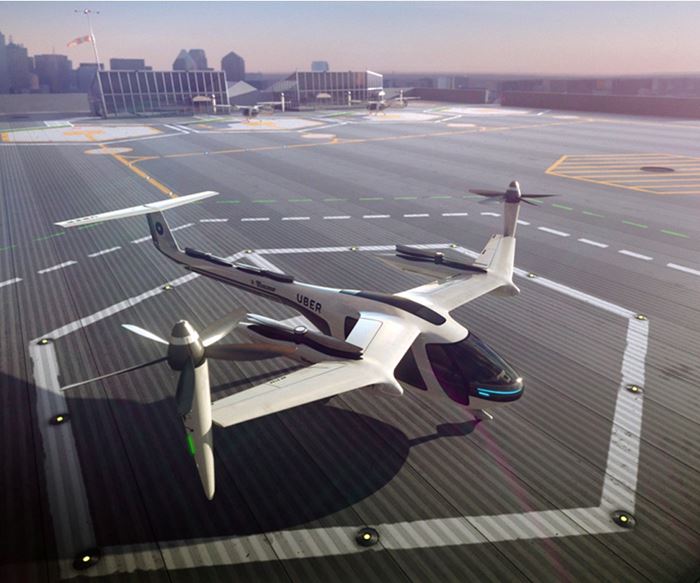
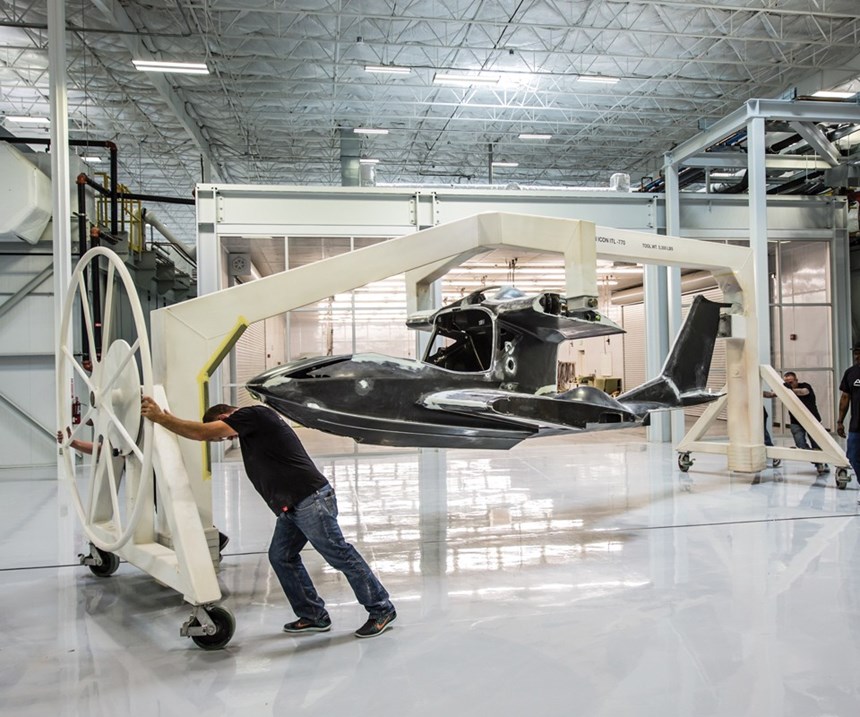
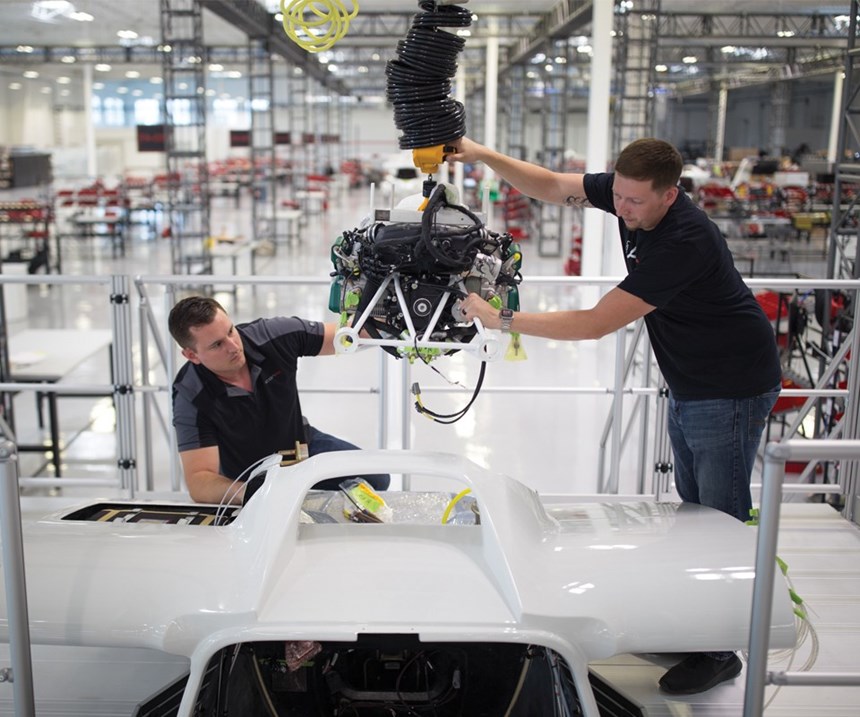
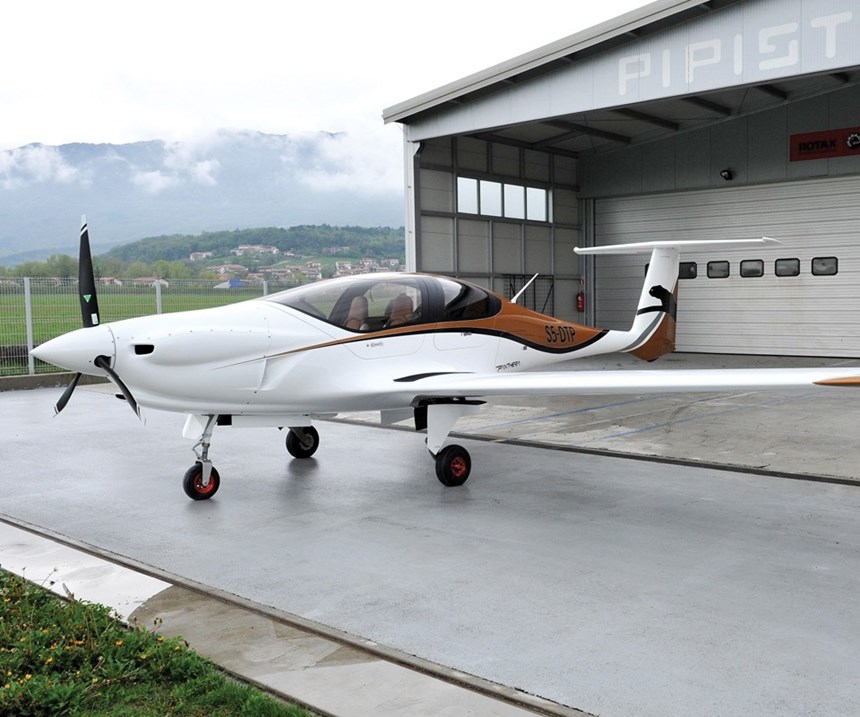
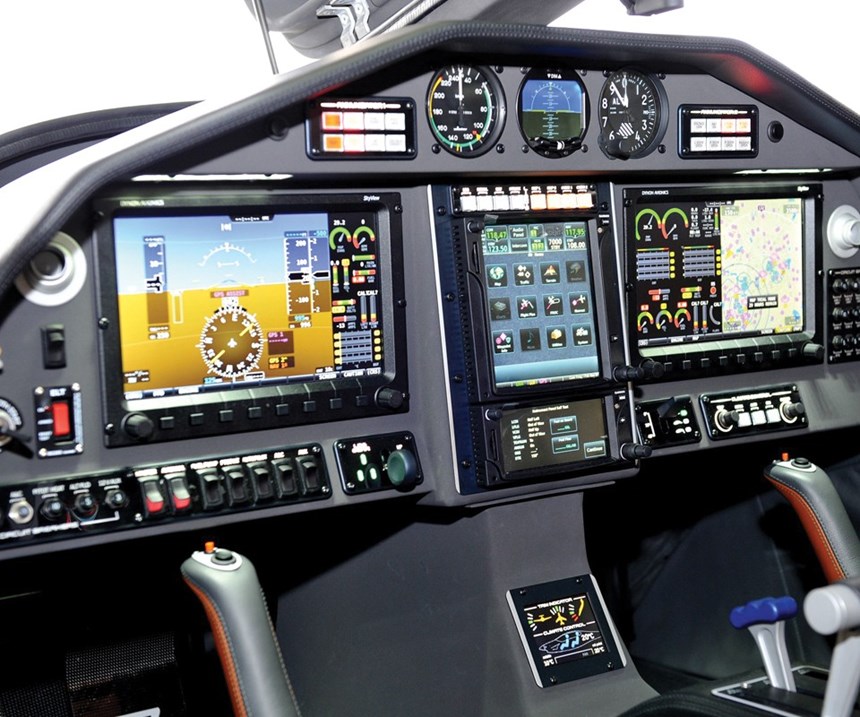
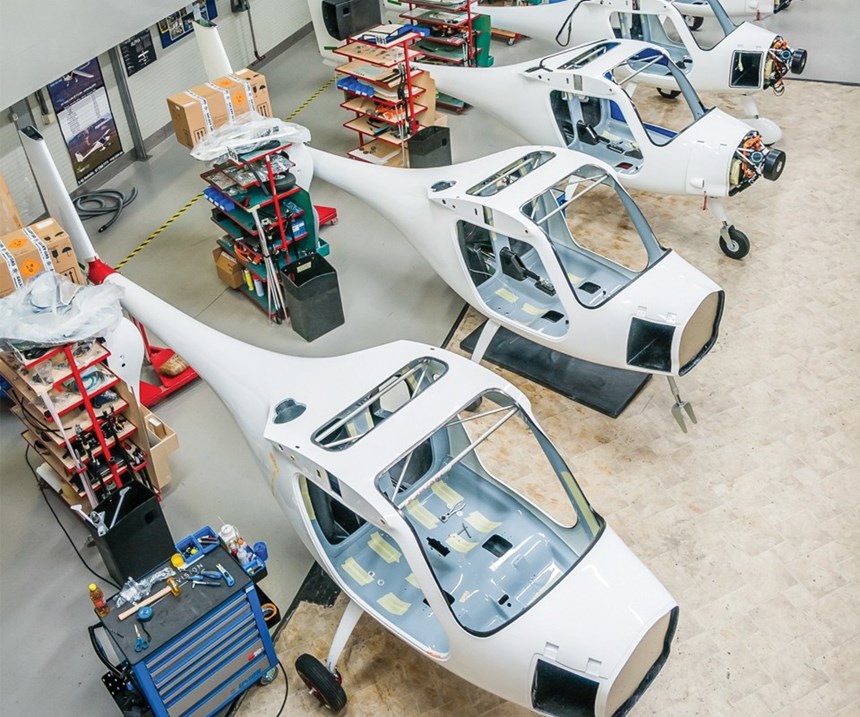

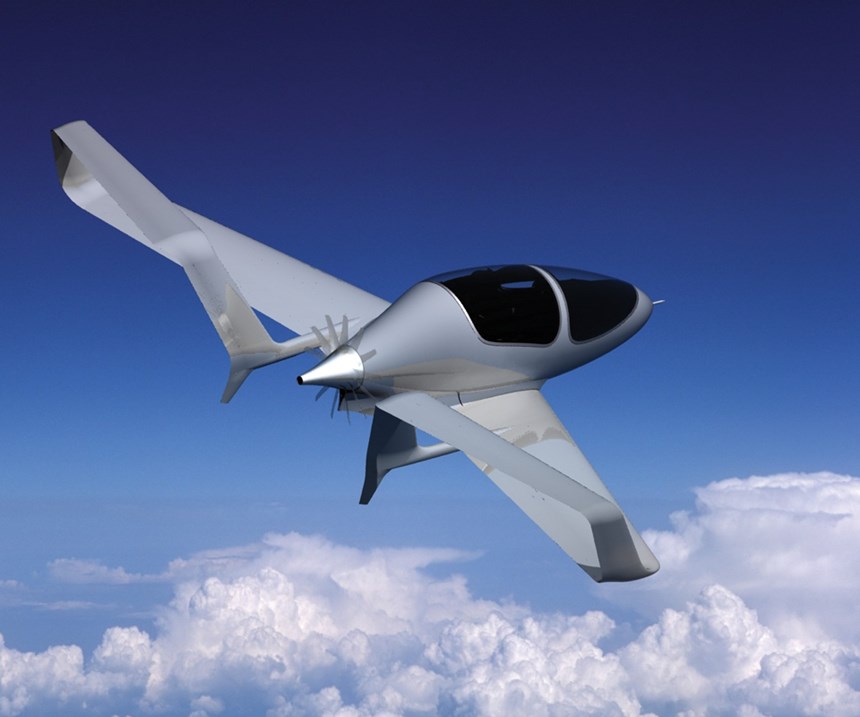
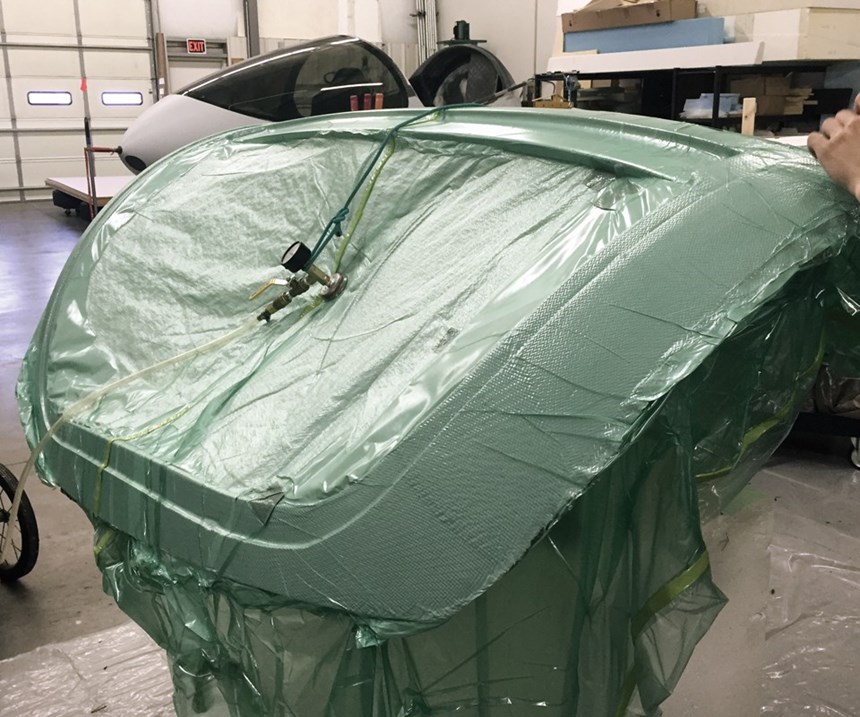

















.jpg;maxWidth=300;quality=90)









